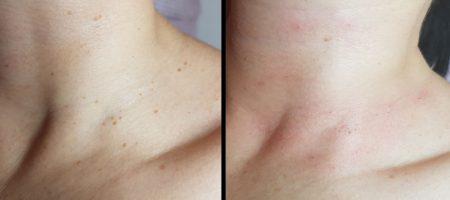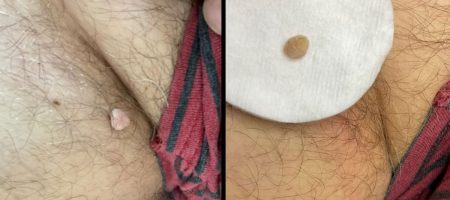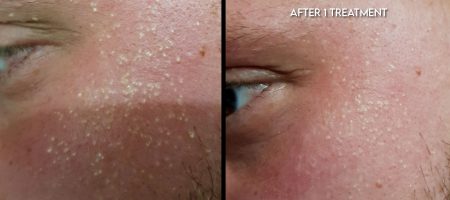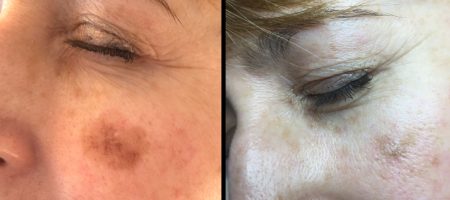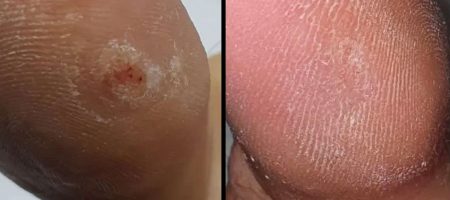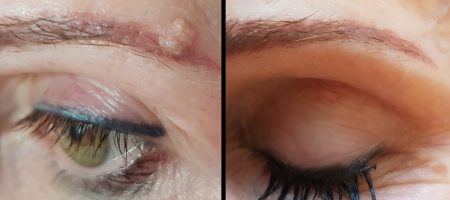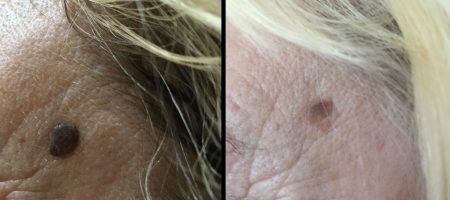How Does it Work?
The treatment process is done using a tiny needle/probe which is heated up via an electrical current. This produces heat which is used to cauterise the lesion or blemish in a neat and minimally invasive manner. Some individual blemishes can be safely and completely removed.
Is it painful?
The discomfort level varies depending on the size, location/proximity and attachment of the lesion. Anaesthesia is generally not needed but available if required. Results are generally very good with little or no marks left on the skin after the healing period which can take between 5 days to a couple of weeks – relevant to what has been removed.
Treated lesions/blemishes do not return however new ones may form depending on the underlying cause. No recovery time as such is needed and you can return to work or your daily life as normal immediately after treatment. However, if the area being treated is on your face, you may wish to plan ahead to allow for post treatment healing time.



